The BMW 700 and NSU Prinz: Germany's Alternative Air-cooled History
Following in the footsteps of last week’s Karmann Ghia article, it seemed natural to take a look at two other lesser-known German alternatives to Volkswagen’s Type 1 Beetle and the ‘Beetle-in-a-suit’ Karmann Ghia.
Like the Karmann Ghia, both were attempts to capitalize on a new and expanding market for automobiles in Germany during the postwar economic boom times. That meant that the models had to incorporate existing technology, yet also appeal to a crowd increasingly interested in performance and style. However, both had to be at least somewhat economical and practical as family cars.
The result was a series of interesting and mostly forgotten air-cooled, rear-engine, rear-drive sedans, coupes and convertibles from both BMW and NSU.
BMW’s long road to recovery in the postwar era was interesting to say the least. Before the war, BMW had a moderately successful series of luxury and sports cars with its 326, 327 and 328 lineup. However, the market for those cars in Germany didn’t exist in the early 1950s and the technology was quite dated, so BMW found itself reliant upon an Italian-designed and licensed bubble car — the Isetta — to sustain early sales. Of course, with their motorcycle expertise, the air-cooled twins that found their way into Isettas were reliable (though not sprightly) units.
Though economical, a family sedan the Isetta did not make, so starting in 1957 BMW stretched the two seats into four and created the 600. With just shy of 600cc from an enlarged rear-mounted engine borrowed from a R67 motorcycle and a four-speed manual gearbox driving a new semi-independent trailing arm rear end, the 600 was a serious step forward for the company. The improvements were masked behind a familiar face (which still served as the primary door, as with the Isetta) and the 600 was not a sales success, with just shy of 35,000 produced. Intended to compete with the Beetle, it offered little respite from Volkswagen’s steamrolling sales success.
To remedy this, BMW continued to develop the 600 chassis into the larger and more conventional 700 model. Launched in 1959 as BMW skirted attempts by Daimler-Benz to purchase the Munich-based firm, the 700 heralded BMW’s first true postwar sedan. Yet in spite of the conventional sedan proportions, the 700 retained the motorcycle-based air-cooled flat-twin in the back, driving the rear wheels. Back when BMW’s naming conventions matched their engine sizes, the eponymous sedan’s power was upgraded to nearly 700cc and 30 horsepower — 50 percent more than the 600. Styling came from Italian Giovanni Michelotti, who would go on to pen the next generation of BMW sedans.
The 700 was available in three configurations — the conventional sedan, a sporty-rooflined coupe, and a convertible, each sporting era-correct tail fins. True to the company’s history, BMW even raced the 700 in rally, circuit and hill-climb events. The 700 would go on to be a relative sales boom for the company, bridging the gap between the borrowed Isetta models and the company’s first postwar conventional sedan: the water-cooled, front-engine Neue Klasse you probably remember best in the form of the legendary 2002. Yet it was the success of the air-cooled 700 that paved the way for what would become the benchmark for sedan performance. In total, about 188,000 BMW 700 models were built.
The 700 enjoyed a successful career as a race car, with notables such as Hans Stuck finishing his illustrious exploits and new names like Belgian Jackie Ickx emerging in the sport behind the wheel of the rear-engine 700.
NSU Prinz
Like BMW, NSU — headquartered not far from Stuttgart in Neckarsulm — had a robust history of producing excellent motorcycles. However, the call of the automobile market led NSU to introduce the first Prinz model in 1957. Like the similar period BMW 600, the Prinz held an air-cooled, rear-mounted 600cc twin, though the NSU’s cylinder configuration was straight rather than flat. Only minor changes were seen between series I, II and III models. In total, about 100,000 Prinz III models were sold.
The more conventional-looking Prinz was an economical addition to the micro car market in Germany, and shortly into its production NSU launched a “Sport” version of the model. Like the Karmann Ghia and 700, styling came from Italy, although in this case it was Bertone that provided the lines. Exaggerated overhangs, a cascading roofline and copious amounts of chrome — coupled with (of course) tail fins — hid the fact that the the Sport Prinz offered no practical performance increase over its more pedestrian stablemate. Still, the company managed to sell about 21,000 examples of the model.
The Prinz was thoroughly redesigned for 1960, with a new much more modern three-box design. Like the Karmann Ghia Type 34 we saw last week, there were many visual similarities between it and other contemporary designs such as the Chevrolet Corvair and Ford Falcon. Power from the original Prinz was retained with a rear-mounted, air-cooled twin.
The first major upgrade to the Prinz 4 came with the launch of the new “1000” model in 1963. A light exterior redesign was matched with an all-new inline-four in the back. Properly displacing 996cc, the new Prinz 1000 model was a substantial upgrade with 40 hp providing more sport. That sport was turned up a further notch in 1965 with the release of the 1000 TT model, now with 55 hp. The “TT” moniker stood for the “Tourist Trophy” series of motorcycle and automobile races held in the Eifel Mountains of Germany.
The 1000 TT was renamed “TT” in 1967. Power was further upgraded to 65 horses thanks to an increase in capacity to 1,177cc. The TT kept the unique four headlight setup introduced in the lightly restyled 1000 TT. 1967 also saw the even more potent TTS model released, with 70 hp coming from a high-revving 996cc inline-four to make it legal for competition in the sub-1-liter racing classes. In total, 2,405 TTS models and some 52,080 TT models were sold.
The Prinz 4 would go on to be quite popular, though in 1973 it was finally killed off in favor of the new water-cooled designs by parent company Volkswagen. It was a resounding success in terms of sales (especially compared to the BMW), having traded 625,171 examples before production ceased. NSU’s Neckarsulm production line would then become the home for Volkswagen’s reboot of Audi, and later, the Porsche 924/944 series.
Like the BMW 700, the NSU TT and TTS developed a reputation as “giant-killers” in circuit racing. The signature popped-open hood trunk reminded racers that these were air-cooled models, just like their more famous Porsche cousins.
In a strange twist of development, NSU also introduced the world to the Wankel rotary engine — installed in a derivative of the Prinz. The Wankel Rotary Spider, based upon the Sport Prinz, was introduced in 1963. It was thirsty, loud, relatively slow and expensive — but unlike the Type 34 Karmann Ghia, it came to the United States.
Sticker shock awaited the few who approached NSU dealers in the 1960s, as the car was marketed at nearly $3,000 in 1964, with another few hundred added if you wanted a top. Rotary technology was in its infancy, so the 0.5-liter engines reportedly only lasted 30,000 miles before requiring rebuilds and weren’t appreciably quicker than existing engines. Only 2,386 Wankel Spiders were produced and a scant 215 were claimed sold in the U.S., though they can still be found for sale today, amazingly.
[Images: Audi, BMW, BMW700.net, Lane Motor Museum, German Cars For Sale Blog]
More by Carter Johnson
Latest Car Reviews
Read moreLatest Product Reviews
Read moreRecent Comments
- Dave Holzman '08 Civic (stick) that I bought used 1/31/12 with 35k on the clock. Now at 159k.It runs as nicely as it did when I bought it. I love the feel of the car. The most expensive replacement was the AC compressor, I think, but something to do with the AC that went at 80k and cost $1300 to replace. It's had more stuff replaced than I expected, but not enough to make me want to ditch a car that I truly enjoy driving.
- ToolGuy Let's review: I am a poor unsuccessful loser. Any car company which introduced an EV which I could afford would earn my contempt. Of course I would buy it, but I wouldn't respect them. 😉
- ToolGuy Correct answer is the one that isn't a Honda.
- 1995 SC Man it isn't even the weekend yet
- ToolGuy Is the idle high? How many codes are behind the check engine light? How many millions to address the traction issue? What's the little triangular warning lamp about?


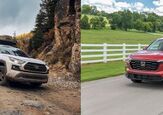
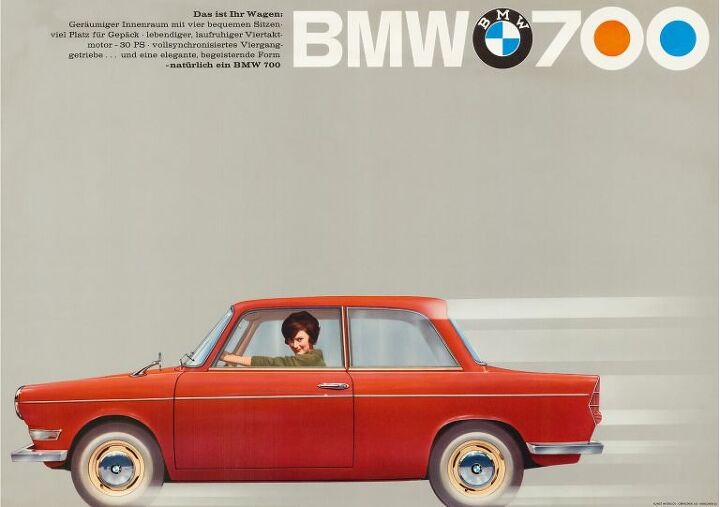


























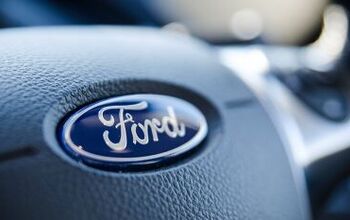

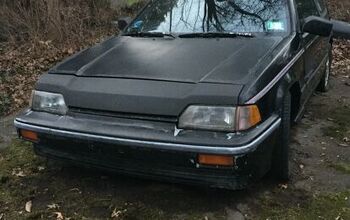
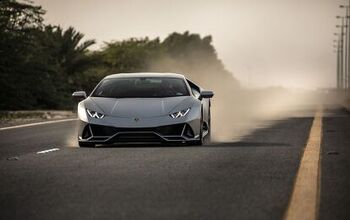
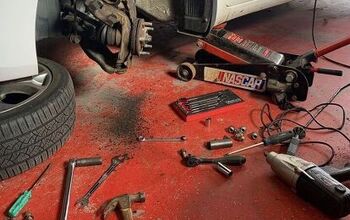
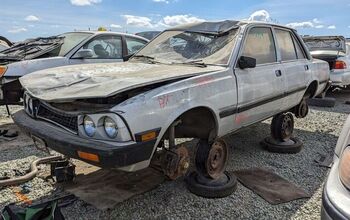
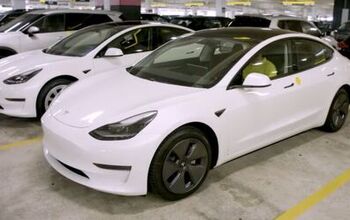
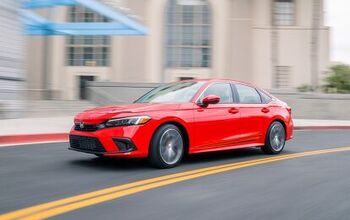
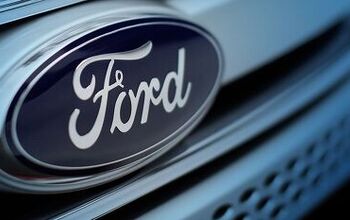
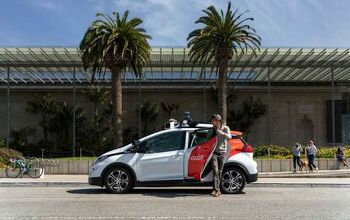
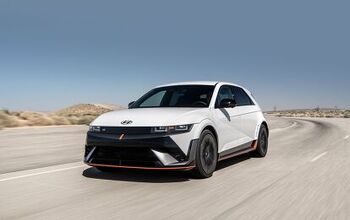
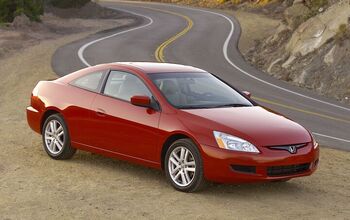
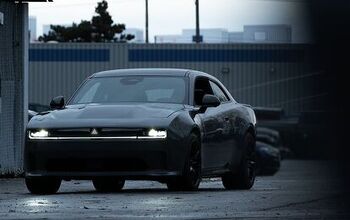
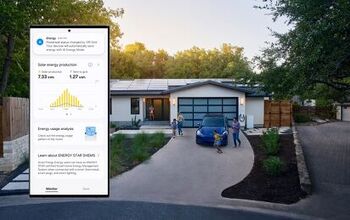

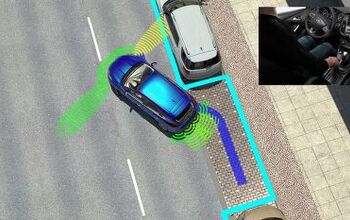
Comments
Join the conversation
That race car might be the OG of stretched tires.
Almost bought a BMW 700 back in '70-- got a Beetle instead. But gotta admit: the Beemer looked a lot cooler!